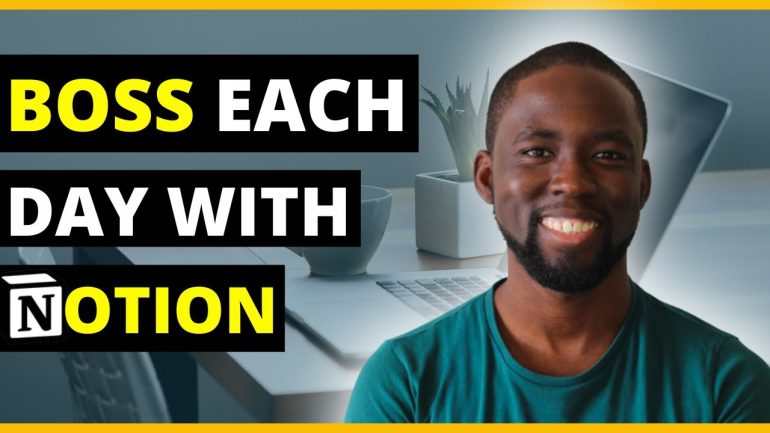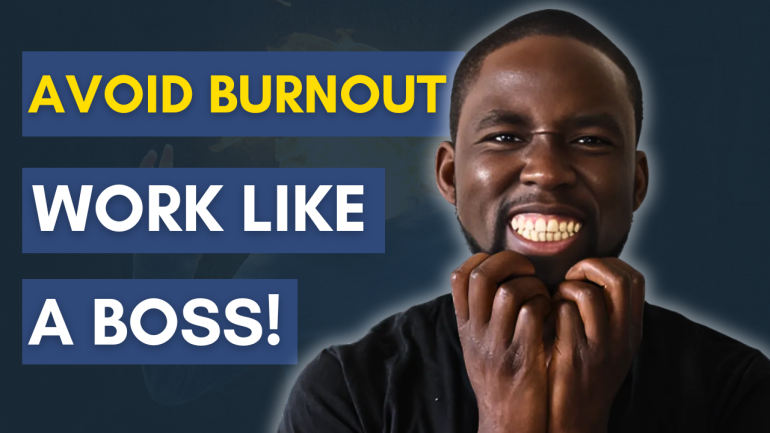How to Build Multiple Income Streams Without Losing Focus
The Illusion of More
A few years ago, I fell into a familiar trap, the chase for “more.” You know the one. Everywhere you turn, someone is talking about having seven streams of income, passive earnings, or financial freedom through endless side hustles.
It sounded exciting at first. I was running my consultancy, working on coaching offers, creating content, and exploring digital products. On paper, it looked impressive. But deep down, I was exhausted.
What I eventually realised is that diversification isn’t about doing more. It’s about designing leverage. True freedom doesn’t come from juggling; it comes from building systems that compound what you already do well.
In this article, I want to share how you can build multiple income streams in a way that feels intentional, sustainable, and aligned with who you are.
When Ambition Turns Into Chaos
We’ve all been told that relying on one source of income is risky. There’s truth in that. But there’s also danger in trying to do everything at once.
Most professionals who chase “more” without structure end up doing a lot and achieving little. They start a podcast, launch an online course, invest in crypto, offer coaching sessions, and post content everywhere, all while trying to manage their main job or business.
I know this story well because I lived it. For a while, I was juggling consulting projects, writing books, and building a coaching practice. I told myself it was growth. In reality, it was burnout waiting to happen.
It wasn’t until I asked myself one simple question that things started to shift:
What is the real engine behind my income?
Once I found that answer, everything became clearer.
Focus First, Then Layer
1. Start with Your Core Engine
Before anyone creates multiple streams, they master one. That single engine, whether it’s a 9 to 5 role, a consulting contract, or a service business, funds everything else.
For me, that engine was my consultancy. It provided consistency, credibility, and cash flow. It gave me room to breathe. Once that foundation was strong, I could explore other opportunities from a place of stability, not survival.
This process connects to what I call the 9 Cs Framework, which starts with three essential steps:
- Context: Understand who you are and what matters to you.
- Contract: Identify your primary professional agreement, the core work that sustains you.
- Cash: Manage money wisely through saving, investing, and reinvesting in your growth.
2. Build Adjacencies, Not Distractions
Once your core is stable, create adjacent streams that naturally grow from it. Each one should strengthen the others, not compete with them.
My consultancy opened doors to coaching. Coaching led to training programmes and online courses. I’ve also written books which led to speaking opportunities. Each layer felt connected.
This is what is known as the hub and spoke model, your main expertise sits at the centre, and every new stream extends from it.
3. Design for Harmony, Not Hustle
Sustainable growth is built on systems, not struggle.
When I started documenting my processes, setting up workflows, and using tools like Notion and Book Like A Boss, I noticed a big change. I wasn’t just busy, I was productive. I could finally see how my time and energy connected across everything I was building.
Freedom isn’t found in doing more. It’s found in creating systems that multiply your time.
How to Build Without Burning Out
If you want to build multiple income streams without losing focus, here’s a practical roadmap to get started.
- Identify Your Core Engine
Get clear on what currently sustains you. Strengthen that first before exploring new opportunities. There could be any type of contract whether that is permanent, part-time, contracting or freelance work. It needs to be a steady stream. - Extract Your Expertise
Think about what people regularly ask you for help with. Those recurring requests reveal your value. Turn them into offers, coaching, courses, templates, or frameworks. If this doesn’t happen, look at your CV and determine how you have solved problems, the action you have taken and the result you’ve developed. Deep clarity will reveal your next steps. - Validate Before You Build
Test your ideas. Run polls, surveys, or offer a beta version of your service based on item (2). Listen to what people actually want before growing it. It’s more important to articulate people’s pains and gains succinctly before you start launching anything. - Systemise Repetition
Anything you do more than twice deserves a process. Write it down, record a walkthrough, or create templates so others can follow. A virtual assistant can follow this process or you can bring in an operator to manage someone who can do it. If you’re techy enough, you can build an agentic tool to manage the process via n8n. - Delegate or Automate Small Tasks
Start small. Even five hours a week from a virtual assistant can remove friction and help you focus on higher-value work. It has done wonders for me, and I recommend that many people get a virtual assistant at some point in their lives. - Batch and Plan Your Work
Group similar tasks together. You might dedicate Mondays to strategy, Wednesdays to content, and Fridays to admin. Batching helps you work with rhythm and intention. I’ll be honest, I hate batching, but I’m so grateful to my past self for doing it; it always is for the best.
Each step adds structure. Each system compounds. Over time, your work starts to flow with ease.
Diversification is About Design
In today’s world, it’s easy to confuse movement with progress. We see people doing a thousand things and assume that’s success. But real diversification isn’t about endless motion; it’s about integration.
When your streams connect, your time multiplies instead of dividing.
The economy now rewards professionals who can extend their expertise across formats, books, courses, speaking, and consulting, without losing coherence.
A consultant who writes a book and runs workshops isn’t scattered. They’re scaling their influence. That’s what I mean by design.
When everything you build aligns around one clear purpose, you stop chasing and start compounding.
Conclusion: Multiply What Matters
Building multiple income streams isn’t about chasing every opportunity. It’s about expanding your impact through intention and clarity.
The professionals who thrive today aren’t the busiest. They’re the most integrated. They’ve learned to align what they do, how they earn, and who they serve.
So, before you jump into your next project, pause for a moment and ask:
Does this extend my core engine, or distract me from it?
Because freedom isn’t found in doing everything. It’s found in doing the right things, deeply, deliberately, and with purpose.
Understand. Reach. Expand.
Peace.







